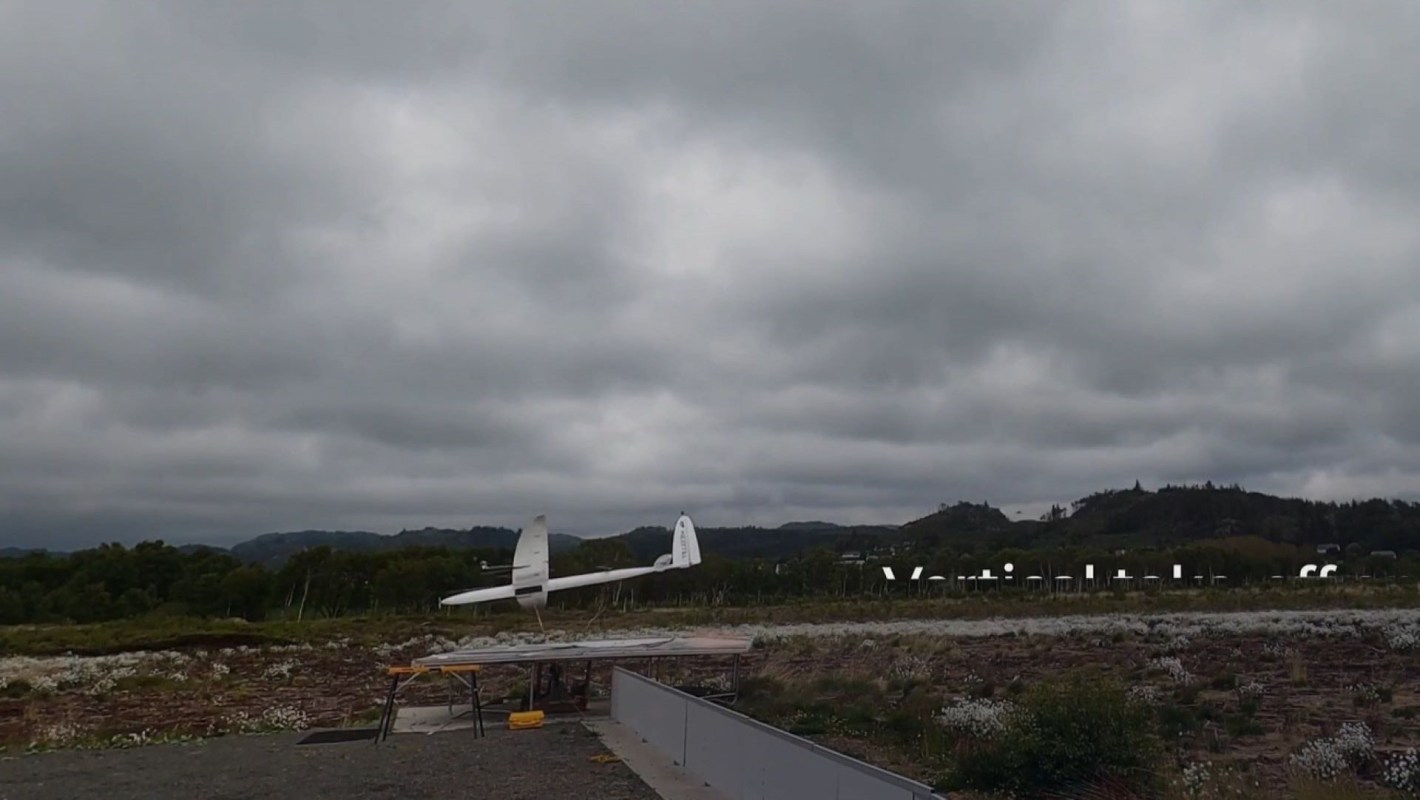A new airborne wind energy prototype developed by tech company Kitemill is taking off.
KM2, a kite-like wind power generator shaped like a toy throwing plane with a wingspan of 16 meters (about 52 feet), flies at over 1,000 feet and generates an average power cycle of 100 kilowatts — enough energy to meet the needs of an average-size restaurant or office when the generator is operating.
Like other airborne wind energy, KM2 differs from wind tech such as traditional turbines in its ability to reach higher altitudes and harness higher volumes of wind. This allows KM2 to reach full power in less wind, making it more efficient and allowing it to create more energy relative to its installed capacity, according to a Business Norway report.
Plus, KM2's comparably smaller size means less material consumption and space used. KM2 uses less than 10% of the materials used to make traditional wind turbines, again per Business Norway and Thomas Hårklau, founder and CEO of Kitemill. It is also easy to install and relocate with less intrusion and damage to the environment. In all, KM2 is low-cost and low-impact.
"Our KM2 design can propel AWE technology all the way to utility scale," Hårklau told Renewable Energy Magazine. "Our KM1 prototype has now clocked more than 500 test flights and recently set a new endurance record, covering more than 500 kilometers [310 miles] in five hours of continuous operation."
Thanks to crowdfunding efforts, reported on by Power Engineering International, Kitemill hopes to soon commercialize its technology based on KM1 and KM2 prototypes. The campaign closed in January 2023 and made over €2 million [$2.1 million at the time of writing] thanks to the awards of €7.5 million [about $8.1 million] from the Norse Airborne Wind Energy Project, backed by the EU Innovation Fund. Renewables Now reported that Kitemill also attracted investments from Expanding Dreams, the investment vehicle of the Polderman family from the Netherlands, as well as thousands of other investors globally.
"As demonstrated by our involvement in the Norse Airborne Wind Energy Project there will be many opportunities to deploy the KM2 system over the coming years in fast-track pipeline projects around the globe," Hårklau told Renewable Energy Magazine.
While KM2 took over two years to develop, Kitemill has big goals. It hopes to scale up the system to a wingspan of 40 meters (about 131 feet), with the potential to generate up to 3,000 kilowatts.
"Kitemill is part of creating a more sustainable society," Hårklau said, per Business Norway. "We will play a significant role in achieving an emissions-free society by 2050."
Join our free newsletter for weekly updates on the coolest innovations improving our lives and saving our planet.









